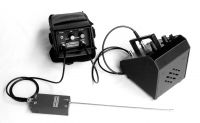Bloodhound - Acoustically Stimulated Microphone Detector
Developed by the designers while in Government service Bloodhound is a fully portable acoustically stimulated microphone detection system. It operates by detecting the audio signal from a microphone and subjecting it to high amplification with elaborate filtering to remove extraneous noise.
System Components
♦ Probe and Antenna
♦ Belt-worn Filter
♦ Headset
♦ Power Amplifier
♦ Sound Source
♦ Robust Transit Case
Capability
Bloodhound can be used to detect the following types of
espionage attack.
Primary
√ Amplified wired microphone system where the target site
is wired directly to a listening post.
√ Audio attack on telephone
instruments.
√ Audio presence on cables
Secondary
√ Radio Microphones - audio component
√ Tape recorder attacks (many types)
√ Video camera surveillance (many types)
√ General purpose amplification, especially on very weak
and noisy signals
√ Cable tracing
Bloodhound can be used to detect the following types of
espionage attack.
Primary
√ Amplified wired microphone system where the target site
is wired directly to a listening post.
√ Audio attack on telephone
instruments.
√ Audio presence on cables
Secondary
√ Radio Microphones - audio component
√ Tape recorder attacks (many types)
√ Video camera surveillance (many types)
√ General purpose amplification, especially on very weak
and noisy signals
√ Cable tracing
Operating Features
Bloodhound can be used in Two modes, Covert (Passive)and Overt (Active)
Covert Mode (Passive)
In this mode the operator uses the filter and headset units to listen for room noises as detected by the eavesdropping microphone.
A properly conducted Covert search can be carried out in an environment with staff present and will not alert the listening post.

Overt Mode (Active)
In this mode the power amplifier is added to the system. If the probe detects a microphone the
system goes into acoustic feedback and a characteristic howl is produced.
system goes into acoustic feedback and a characteristic howl is produced.

pdf



